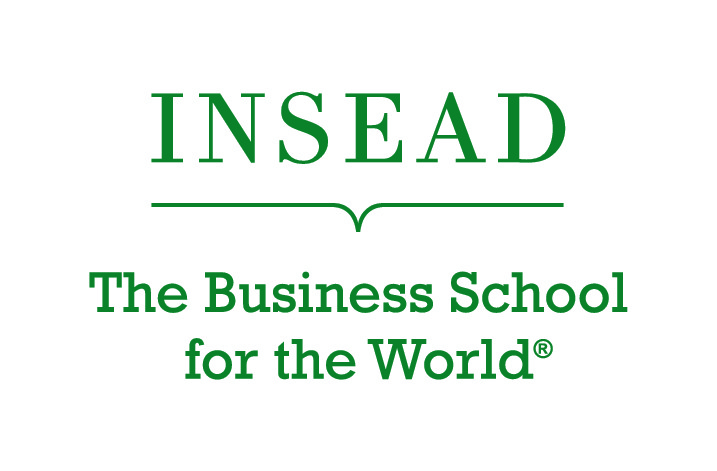- Behaviour
When Competition at Work Turns to Conflict
INSEAD study of Formula 1 offers insights on defusing conflicts at work
From sport to business, healthy competition is the driving force behind much human enterprise. But it is a fine line between healthy and unhealthy competition – a line that business leaders and HR professionals need to be wary of.
The market economy depends on competition between companies. Competition between individuals within companies – executives striving for promotion or to champion their particular projects – is also usually seen as beneficial. Unfortunately, individual competition can escalate into destructive conflict, sometimes leading to rival executives sabotaging projects or getting caught up in a career-derailing battles.
Recent sociological theorizing has claimed that escalations into conflict are especially likely among status–similar competitors who are troubled by discordant understandings of who is superior to whom. Now a new study, from INSEAD Assistant Professor Henning Piezunka and colleagues (see below), follows up on this to examine the link between status similarity and conflict as well as the conditions under which this link holds.
Conflicts can be exacerbated by many extenuating factors such as personality traits – some people seem to be prone to conflict – or spatial considerations where competing executives have offices next to each other, or bad personal history between the executives. This new research was based on data from Formula 1 motor racing, from 1970 through to 2014, to avoid the influence of these factors. Factors that do not apply in Formula 1 because racers generally do their best to place themselves near the top of the starting grid, rather than next to someone they wish to intimidate.
The researchers define the racing drivers they compared as being of ‘structural equivalence’ in a dynamic network of competitive relationships. Structural equivalence refers to people who have the same relations with the same third parties. For example, two executives in a company who are ‘neck and neck’ in a competition to be the next CEO. The position of these two individuals in relation to the position of all the other executives who are not in the running for CEO is the same.
Two F1 drivers would be considered structurally equivalent if, in a given race, they had lost to, and beaten, the same other drivers the same number of times earlier in the season. Based on this level playing field, Piezunka and colleagues found that status-similar Formula One drivers are more prone to collide, especially when they are age-similar, perform well, are embedded in a stable role structure, and feel safe.
The similarity of ages between the competing individuals, and the strength of their performances (conflict being more common among stronger performers) both had a negative effect. Another important factor was the stability of the competitive network – in other words, whether the status of the individuals in the network was stable rather than volatile. Thus, conflict between two drivers was more likely to erupt toward the end of the racing season, when the placement of the drivers in the competitive standings were more set, than in the beginning of the season.
Also, in the Formula 1 season, past encounters/previous races contribute points towards the championship and emotions related to past encounters can increase the conflict between drivers. In business, if two structurally equivalent individuals vying for a promotion, had previously competed against each other for a promotion, emotions might run higher and lead to unproductive or dangerous conflict.
Although Formula 1 may seem rather a special case, the competitive relationships between F1 drivers are similar to the type of competitive relationships one finds in the networks of the business world, and the findings from this research can help our understanding of how and when violent conflict can emerge between individual executives and offers clues to its prevention.
Business leaders and HR professionals should note how antagonisms can arise when the status between two individuals is ambiguous and that the longer two individuals are in direct competition with each other without a clear ‘winner’ the more likely the competition could devolve into outright conflict.
In fact, studying all the exacerbating factors revealed in this research can help leaders identify if there are any potentially damaging conflicts brewing in their organization.
The authors of the study were:
Henning Piezunka, Assistant Professor of Entrepreneurship and Family Enterprise at INSEAD
Wonjae Lee, Assistant Professor Social Network Analysis at the Graduate School of Culture Technology, Korea Advanced Institute of Science and Technology
Matthew Bothner, Deutsche Telekom Professor in Leadership and HR Development at the European School of Management and Technology
Access the full research paper here:
As one of the world’s leading and largest graduate business schools, INSEAD brings together people, cultures and ideas from around the world to change lives and to transform organisations.
ARTICLES YOU MIGHT LIKE
RESEARCH
LBS and ESMT study identifies the danger of citing information based on the ‘gist’ of the truth rather than the ‘literal’ truth
DEVELOPING LEADERS QUARTERLY MAGAZINE AND WEEKLY BRIEFING EMAILS


































